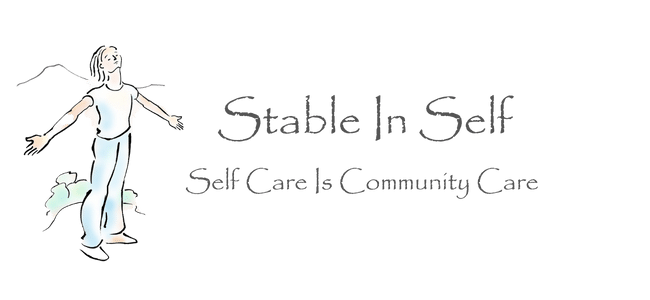Living Yoga & Āyurveda
Many of us have heard the word yoga, especially in the past 10-15 years as the practice has grown popular in the west. Yoga is often thought of as an exercise class, which it is, but not just for the physical body. The physical postures done on the mat, are just one part of this great philosophical, healing system. Āyurveda, which is based on yoga philosophy, is now gaining popularity in the west as well. The two are considered to be “sister sciences”.
Āyurveda is the indigenous heath care system from India. It emphasizes diet, lifestyle, and use of herbs to maintain health and facilitate healing. The focus is on bringing balance to the body-mind-spirit for each persons’ unique and individual needs. The practice of yoga and āyurveda can bring profound healing, not only to ones physical body, but also the to mind. The philosophy stems from a belief that what affects the mind, affects the body, and vice-versa. We cannot separate the two, and in fact most disease begins in the mind.
In a time when people are becoming disheartened by western medicine, and more interested in preventive medicine, yoga and āyurveda can serve as valuable tools for self care. There are many simple practices one can do at home with little expense to help balance the body-mind-spirit. There are breathing techniques that can ease anxiety or aid digestion. We can use food to heal or alleviate uncomfortable symptoms. The manner in which we go about daily routine can affect our overall health and well being. It is amazing how one brief pause to breathe, can alter how we feel in a given moment.
Small, one percent shifts can make huge differences in our lives. For those us us who have been feeling unwell for a long period of time, changing our lifestyle or starting something new can feel overwhelming. Or we may think we are too busy to do anything new or different. Long lasting, sustainable changes are made one step at a time. One breath at a time.
While some of us are more inclined to drastic, large sweeping changes, chances are we will be more successful with long term, sustainable change if we go slow and steady. Then we can add or build onto the routine incrementally, when the time is right. If you are staying up hours later than you know is good for you, start by going to bed 5, 10, 20 minutes earlier. If you are not getting enough exercise, try going for a 10 minute walk near your home or work place three times a week. One key factor in making small, one percent shifts in order to re-set habits, is consistency and routine. It is important to make your goal realistic for the present moment so that you will be able to stick with it. Set yourself up for success!
Simple Self Care Practices:
Hydrate! Warm water, first thing in the morning enlivens the digestive system, preparing the body for the day. The body is naturally dehydrated upon waking. Drinking warm, rather than cold water first thing before consuming anything else, hydrates the body and encourages elimination of waste. If your digestion is sluggish, you can add a squeeze of lemon or lime.
Eat! It is important to feed ourselves when we are hungry, and to not eat when hunger isn’t present. Our digestive system works best when it is fed and satisfied, given time to digest and process the meal, and become empty again before more food is added. Notice I am saying satisfied, not full. Overeating makes it difficult for the churning action of digestion to occur, leaving us feeling bloated, gassy, lethargic, and generally uncomfortable. Not eating enough in one sitting can lead to excess acid in the system. The gastric juices start flowing, and rather than digesting food that should be present, it burns the stomach lining. Skipping meals (when hunger is present) can trigger a chain reaction of stress on the body-mind-spirit leading to various minor or complex issues.
Routine! This does not mean a whole new schedule. Start by finding one thing that you already do every day, and do it at or around the same time. This could be a specific meal, hygiene activity, exercise, prayer, meditation, reading, visiting with a loved one, feeding or walking a pet, watching the sunrise or sunset. In a world with so much unpredictability and multi-tasking, our nervous systems are constantly on edge. Routine of any sort helps to calm the nervous system.
Breathe! Breathing is a great way to pause and just be for a moment. Feel the inhale fill the abdomen, move up through the chest, and into the lungs. And feel the breath flow back out completely. I’m not suggesting you do this mindful breathing practice all day, but try it upon waking, before bed, after lunch, or any time throughout the day that you feel tired or in need of a pause. A full inhale with an audible sigh for the exhale is great for releasing tension or fear. One breath in the car after work, before going into your home can help release the events of the day and prepare you for whatever awaits inside. Pausing to breathe during a tense conversation, can turn the tides for you, as well as the other person.
Sit! We all can find one minute during our day to just sit without doing anything else. Put your phone aside, turn off the TV, stop talking, stop doing, and just sit. Whether it’s one minute or twenty minutes, this practice will help you to slow down, calm the nervous system, and relax.
Written by Regan Wendell, AHC
